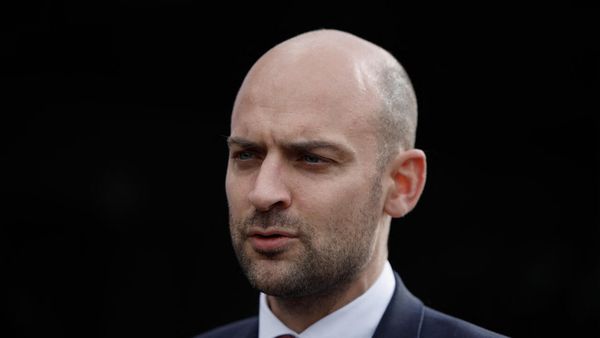
In May 1926, Anna Essinger opened a progressive co-educational boarding school at Ulm in Germany. When Hitler came to power in 1933, she realised that the new regime was opposed to everything she stood for and, writes Deborah Cadbury, “resolved to move her entire establishment, lock, stock and barrel, out of Germany, right under the noses of the Nazi authorities”.
So Essinger set off with “an advance party of six teachers and six senior boys and girls to make preparations in England for the arrival of the others. Sixty-five children would follow two weeks later.” To ensure secrecy, each of the three separate groups “masquerad[ed] as day trippers on a picnic with a member of staff”.
Thus was born Bunce Court school. It was inevitably a very “Germanic” institution – most of the teachers and pupils were German and, despite constant exhortations to “Speak English!”, some had strong accents – yet it operated in the Kent countryside and then in Shropshire throughout the second world war. Many of the staff, keen to escape Nazi Germany, were distinctly overqualified: the boiler man had been a director at the Deutsches Theater, while the maths teacher was a distinguished astronomer. And there was also a notable stress on traditional Germanic high culture. (The music teacher almost had a fit when pupils suggested a performance of Gilbert and Sullivan.)
The initial intake was supplemented by some English pupils but also by children who arrived on the Kindertransport and then by an even more traumatised group who had survived concentration camps or a life in hiding in Nazi-controlled central Europe. One boy described by Cadbury, for example, “refused vegetables because they reminded him of the grass that he had had to eat to survive”.
Keeping the school going was a constant challenge, as Essinger coped with outbreaks of polio, erratic electricity, inadequate heating, an official order to leave the original Kent location at three days’ notice and snowstorms that cut off the delivery of food. She had always believed that education should be about developing practical as well as academic skills, but in England a permanent lack of funds made it essential for pupils to muck in with chores such as gardening, carpentry and feeding the chickens. Local communities were not always sympathetic to the Germans in their midst, school inspectors applied the rules with unimaginative rigour and in 1940 all foreign-born staff and pupils over the age of 16 were interned as “enemy aliens”.

Yet when the school closed its gates in 1948, it could point to remarkable achievements. It had helped children who had been through almost unimaginable horror build new lives for themselves. The 900 alumni included the painter Frank Auerbach; the cartoonist and provocateur Gerard Hoffnung; the immunologist Leslie Brent, whose work with Peter Medawar won the latter a Nobel prize; and Richard Sonnenfeldt, the chief interpreter for the American prosecutor at the Nuremberg trials. So what was the secret of its success?
My mother attended Bunce Court and I once made a radio documentary about the last-ever school reunion, so I have myself interviewed many of the same people and heard some, though by no means all, of the stories cited here. Cadbury has constructed a lively and compelling narrative, although Essinger, deeply compassionate but strait-laced and outwardly rather severe, never quite comes to life as an individual. Many of the attempts to describe the “Bunce Court spirit” are also a bit vague and idealising but perhaps the most striking is the suggestion of one former pupil that the school was animated by “a complex amalgam of humanism, the Quaker faith, liberal values and Judaism, brought together by the mind of a woman whose one purpose in life seemed to be to serve children”. Another, who came from an English school where she had just learned about the Tudors and Stuarts, was amazed by a style of teaching that was “more like a conversation” and required her to write essays on urgently topical issues such as “American isolation and imperialism”.
Cadbury also explores some of the techniques adopted at Bunce Court to try and get through to the more traumatised pupils. On one memorable occasion, gym teacher Hans Meyer was confronted by a boy who, we read, “responded to his inner turmoil by flying into frenzied rages”. When Meyer tried to restrain him “with a firm but loving embrace”, he spat in his face. So the teacher told him: “Go ahead and spit. Let everything out.” The boy just continued spitting, before breaking down into “uncontrollable tears”.
Much of this book is fascinating and moving, yet there is something unsatisfactory about its structure. The second half alternates chapters largely about the school itself with accounts of how some of the pupils were persecuted by the Nazis before they reached Bunce Court. This material is often horrifying, but it inevitably packs an emotional punch that rather overshadows Essinger’s otherwise heroic achievements.
• The School That Escaped the Nazis by Deborah Cadbury is published by Two Roads (£20). To support the Guardian and Observer order your copy at guardianbookshop.com. Delivery charges may apply.







